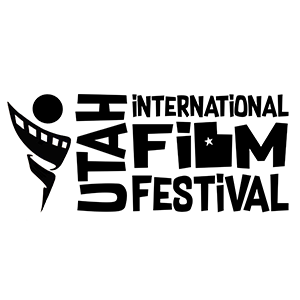Rabbits


Rabbits is a plaintive story of a farmer who tries to keep the promise he made to his dead wife. In an isolated land is the grave of a woman whose picture is hung onto the burial cross, which is protected and looked after by her husband. Every day he sleeps beside the grave at the dusk and wakes up to a new morning only to look for food nearby to survive another day. He promises that he will not go far from her and never usually crosses a road which he does one day. When he finds a dying woman beside the road, he reacts in an insouciant manner asking her whether a piece of fabric he finds on his way to her is hers. This film paints the story of a man who is bound by a promise and stays true to his word until an opportunity presents itself which alleviates his onerous duty to his dead wife without him having to break his promise.
The film opens with a woman’s (Katherine Yost) voice melancholically asking a man (Jon Yost) to keep his promise. The camera pans through the isolated grasslands to focus on a grave with a picture of a woman suggesting the period to be the early nineteenth century. A man bearing a rifle stands by the grave staring at it for a while only to go about the day to hunt for food. Forlornly, the man walks away feeling the grass with his hand and finds some sticks to build a trap for rabbits. By the fire beside the grave, he eats his food and sleeps. One day he finds an unusual sight of a fabric stuck to a twig which he pursues to find a woman breathing her last. In an unruffled tone, the farmer asks the woman if the piece of fabric belongs to her. We could infer from the setting that she could have been through out onto the road from a moving vehicle, but her plight bears no significance to the story.
Jon Yost does not even try to help the dying woman and walks away. He recounts the events of the day by the grave and does not mention his encounter with a dying woman. He mentions that he had walked by the road and crossed it which is unusual because he does not remember the last time he had done that. When he goes to the same spot the next day, he finds her dead. With the same undisturbed expression, he observes the face of the dead woman. He then wistfully lies down beside the body with its hand over him. This particular scene might be suggestive of the loneliness he has been suffering since the death of his wife. It is understandable when he carries the body to the grave and goes into his house to bring back the quilt from their bed to wrap the body. The key that hangs by the burial cross stands as a representation of his denial of comforts and when he takes that to get into his house, he has accepted his wife’s death and tries to get over it. He buries the body he found beside his wife’s grave demonstrating that he is keeping the promise of never leaving her alone.
Patrick Clement brings us a pensive story of a husband who could not accept the death of his wife and does everything in his capacity to stay beside her even after her death. Jonathan Hansen portrays the character with such solemn and wistful countenance through the film symptomatic of the desolation the character is encompassed by. Rabbits is brilliantly put together from an authentic and moving story. Matt Pelsma produced such a commendable music which evokes the feeling of deep sadness.





